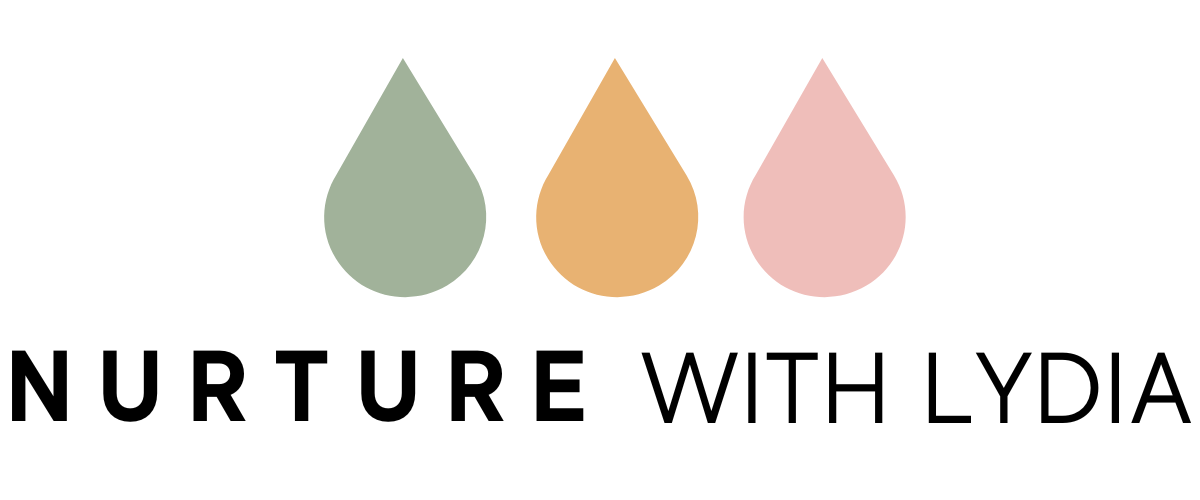Getting rid of nipple shields
If you’re ready to get rid of your nipple shields, you’ve come to the right place!
Every baby is different and you might find different things work for you than others. And that’s ok.
Patience, persistence and consistency will really help this transition to be less stressful. And if you’re really struggling, please seek support. You don’t have to do this alone.
If the shields are working for you, your baby is gaining weight well, comfortable and thriving, you don’t HAVE to get rid. If you’ve tried everything and it’s just not happening, it’s ok to continue using them. You’re still breastfeeding successfully and doing a fantastic job.
But, for some, nipple shields can cause issues, so I hope you find this article helpful!
If you feel it's time to move away from nipple shields (perhaps they're causing issues or maybe it's just time), there's several things you can try to support this transition.
Firstly you could just give it a go and try to feed without them, but make sure the underlying issue that created the need for the shields in the first place is addressed, otherwise the problems may reappear once the shields are removed.
Read on for my tips on how to gently wean from nipple shields.
Image source: https://abm.me.uk/breastfeeding-information/using-a-nipple-shield-with-a-breastfed-baby/
Start with a happy baby
A hungry, upset baby is probably not going to respond well to any big changes. It'll likely only make them more frustrated.
Try offering your breast when baby is content and relaxed, and not too hungry.
If you wanted to try without the shields but your baby isn't happy, it's ok to wait until the next feed or when they're in a better mood/well rested/not super hungry.
Get your milk flowing
To encourage your baby to feed without the shields you could try hand expressing a little first and, once your let down is flowing, latch your baby - it might get them feeding instinctively if milk is more readily available and they don't have to work for the let down.
Once they're latched, breast compressions will increase the flow of milk and may help to keep them at the breast. If you have a powerful let down and a fast milk flow they may not be necessary, but it's a helpful way to encourage their continued feeding.
Remove mid-feed
You could start the feed with the shields and, once baby has relaxed into the feed and consumed some milk, try removing the shields and latching baby straight back onto your breast.
They might protest the first time as they weren't expecting it, but they may surprise you and continue to feed!
Draw out your nipple
If you do have flat, inverted or very small nipples compared with the prominent silicone shield, you could draw your nipple out just before the feed.
You can do this several ways:
Gently squeeze and stimulate with your fingers
Pump for a few minutes
Start the feed with the shield, then remove once your nipple is drawn out
Use a nipple everter
Breastshaping
Shaping your breast in a C or U hold depending on your preferred breastfeeding position can be a really effective way of giving baby more of a mouthful of breast tissue and help them to latch without the shield, especially if you have flat or inverted nipples.
For cradle & cross cradle positions try a U shape, and for rugby ball and the laid back or side lying position, try a C shape.
Click here to watch my Instagram breast shaping demonstration video!
Take the pressure off
Removing nipple shields takes time, patience and persistence. Every baby is different, so don't compare yourself to anyone else who went through the same thing. Take it at a pace that is manageable for you and your baby and don't get too stressed if it's not happening as quickly as you expected.
If you attempt to remove them and it goes horribly wrong, there's always the next feed! Pop the shields back on, feed your baby and focus on trying again later.
And if you're really struggling, get some skilled feeding support to help you with this transition.
View my feeding support services

